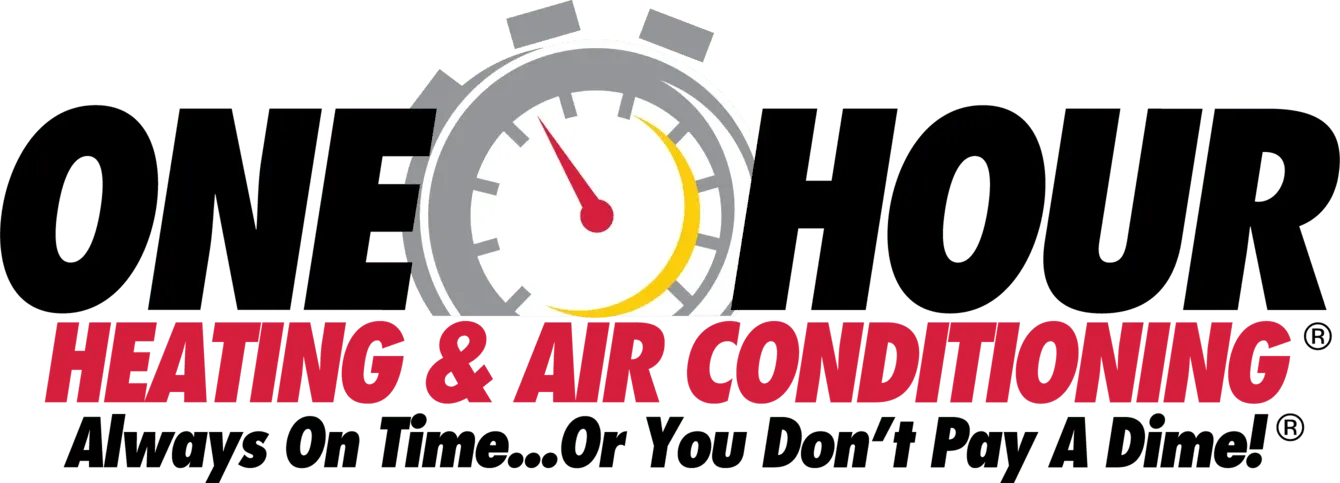How to Cut Summer Energy Costs in Bucks County Without Losing Comfort
Stay Cool and Save Money: Summer Energy Tips for Bucks County Homes
When summer temperatures rise in Bucks County, so does your home’s energy consumption. But lowering your energy bill doesn’t mean you have to sacrifice comfort. With the right HVAC strategies and home upgrades, you can keep your home cool while reducing your carbon footprint and energy costs.
Whether you’re using a heat pump, central air conditioning, or a combination of cooling systems, energy conservation starts with smart planning and efficient energy use.
1. Upgrade to a Smart Thermostat
Installing a smart thermostat is one of the easiest ways to cut cooling costs. These devices learn your habits, automate temperature adjustments, and some even allow remote control from your phone. They help manage fuel consumption by only running your HVAC system when needed, which improves fuel efficiency and lowers operating costs.
Look for models that:
-
Integrate with your existing central AC system or heat pump
-
Provide detailed energy usage reports
-
Allow zone-specific programming to reduce energy demand
A smart thermostat can also improve indoor air quality when paired with an upgraded home HVAC system that monitors humidity and airflow.
2. Schedule HVAC Maintenance Before Peak Summer
Routine HVAC maintenance is essential to energy efficiency and your system’s longevity. A clogged filter or dirty condenser coil can force your system to work harder, increasing energy consumption and shortening your unit’s life.
Searching for “HVAC maintenance near me” or “central AC maintenance in Bucks County” will likely lead you to One Hour’s local experts. Regular tune-ups ensure:
- Optimal airflow and temperature control
- Reduced strain on your system’s pump and fan motors
- Lower long-term repair and replacement costs
Preventative maintenance is also a great time to conduct an energy audit, which identifies insulation gaps, air leaks, or inefficiencies that could be costing you more in utilities.
3. Improve Insulation and Air Sealing
You can’t afford to waste cooled air in a poorly insulated home. Leaky ductwork, thin attic insulation, and gaps around windows or doors allow cooled air to escape while letting in outdoor heat. Thermal insulation helps trap cool air inside, minimizing demand on your central AC system.
Focus on areas like:
-
Attic and crawlspace insulation
-
Weatherstripping around doors and windows
-
Duct sealing and insulation for forced air systems
Better insulation not only supports energy efficiency but also creates a more consistent indoor climate, reducing reliance on your HVAC system and preserving energy.
4. Consider an Energy-Efficient AC Upgrade
If your system is more than 10–12 years old, it might be time to consider an AC replacement. Today’s central AC units and heat pumps meet higher efficiency standards and may qualify for rebates or incentives under energy conservation programs from the International Energy Agency or local utility companies.
A new AC unit cost may seem steep upfront, but long-term savings in energy and maintenance often outweigh the initial investment.
Compare:
-
SEER2-rated air conditioning systems
-
High-efficiency heat pumps with improved energy-efficiency
-
Whole-home systems that support sustainable energy usage
Ask a licensed HVAC technician near you about the best options for your square footage, lifestyle, and energy goals.















